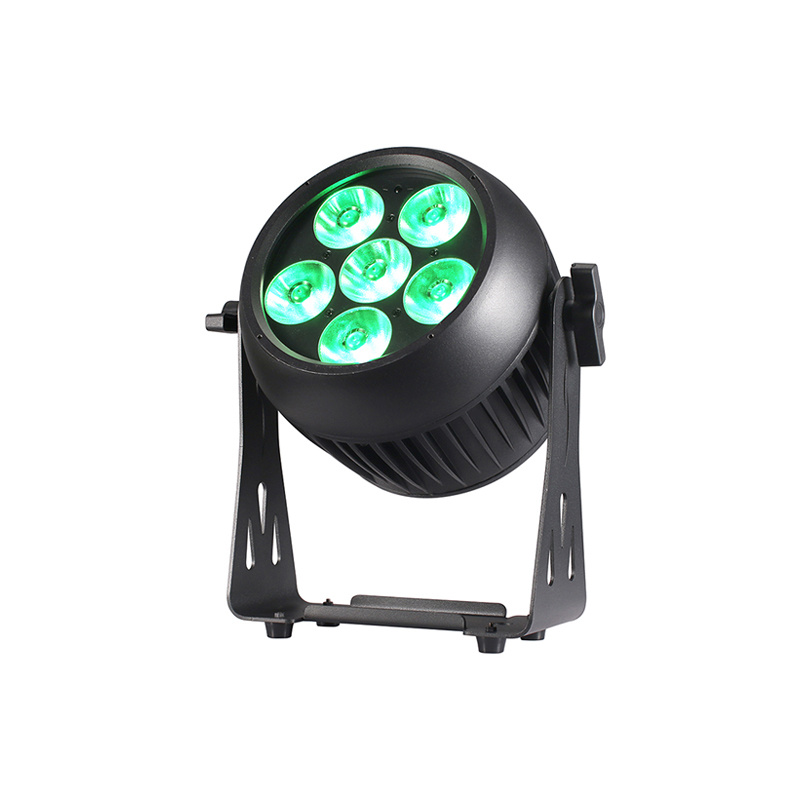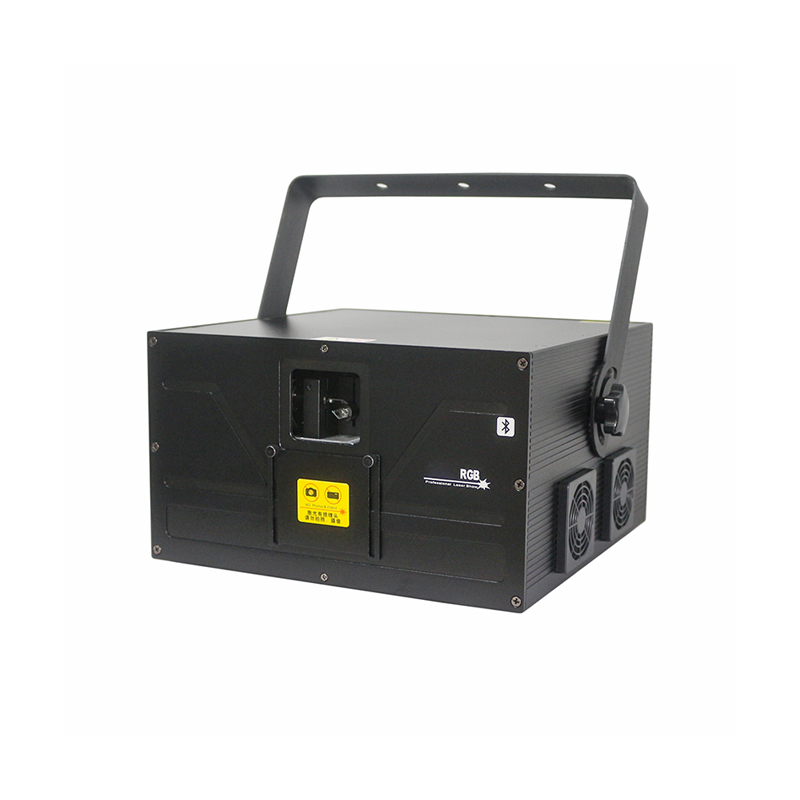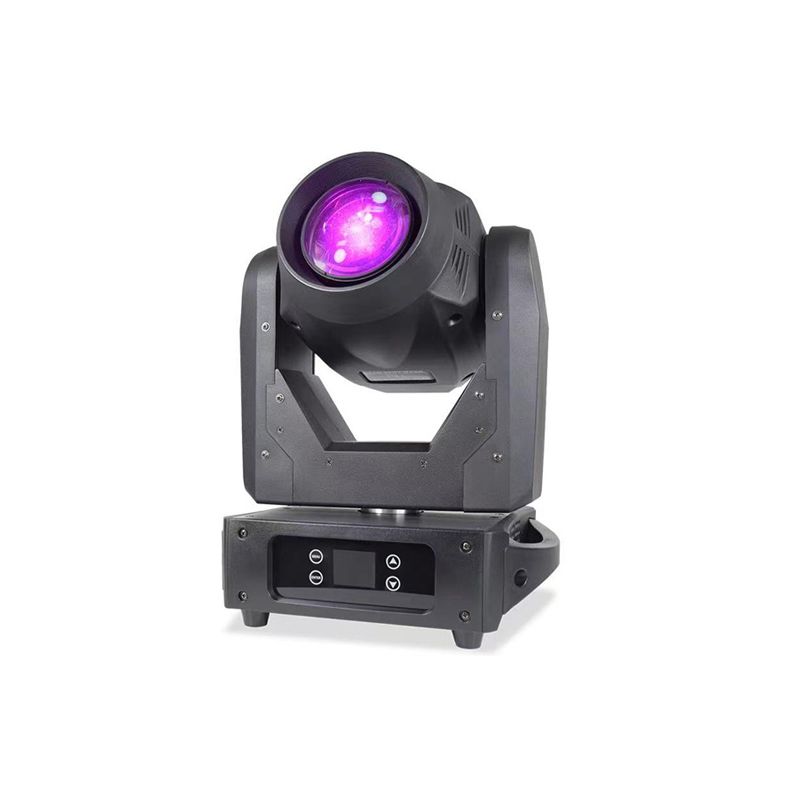Nightclub Light Guide: Best Lighting for Clubs & DJs
Classification:
summary description]
Step into any successful nightclub, and you’ll notice one thing right away — the lighting. It’s not just background décor; it’s the heartbeat of the space. Nightclub light brings the party to life, shaping the vibe, controlling the tempo, and immersing guests in the rhythm of the night. If you're aiming to design a standout nightlife experience, getting your lighting right isn't optional — it's essential.
What Exactly Is Nightclub Lighting?
In simple terms, nightclub light refers to the specialized lighting systems used in clubs to create atmosphere and movement. We're talking about strobes, LED wash lights, lasers, moving heads — the whole kit. These lights work in tandem, sometimes responding to music in real time and other times flowing on pre-set cues. The result? A dynamic, ever-changing visual environment that fuels the energy of the night.
Why It's More Than Just Lights on the Ceiling
Lighting affects how people behave and feel — more than most club owners realize. Done well, it makes the dance floor magnetic, the bar area inviting, and the DJ set unforgettable. Here’s what nightclub lighting does at its best:
- Sets the emotional tone for the night.
- Enhances the rhythm and beat of the music.
- Makes your venue look polished, professional — and photogenic.
- Guides crowd flow and keep people safe.
- Encourages social sharing (and free marketing).
In short, lighting is your silent hype, man. It doesn’t just support the party — it is the party.
The Lighting Fixtures That Get the Job Done
Let's break down the key players in nightclub lighting. Some are flashy, some are subtle, but each has a role.
Moving Head Lights
These lights move — literally. They spin, tilt, and shift direction, painting bold beams of color across the dance floor or highlighting the DJ booth with precision. They’re flashy, flexible, and a staple in most clubs.
LED Par Lights
Think of these as your background artists. They don't move, but they flood a space with color. Use them to light up walls, pillars, or the stage. They're compact, cost-effective, and last for thousands of hours.
Laser Lights
Lasers slice through the fog like nothing else. With razor-sharp beams and rich color, they create a sense of high-tech drama. Use sparingly — they're best when timed for big musical moments.
Strobe Lights
Few things crank up the intensity like a strobe. Quick flashes of white light give the illusion of slow motion, making everything look surreal and amplified. Great for dance drops or hyped-up moments.
LED Effect Lights
From derby lights to rotating mirrors, these add spice to your lighting mix. They're the wildcard — not essential, but great for shaking things up.
Uplighting
Place lights at ground level and shine them upward. It’s a simple trick, but it adds depth and elegance to any venue. Use it to outline the room or highlight architectural features.
Designing a Lighting Setup That Works for Your Club
You don't need the most expensive equipment — but you do need a plan. Here's where to start:
Study the Space
Take a walk through your venue. Where do people dance? Where do they gather? Where does it get too dark (or too bright)? Let the space guide your decisions.
Make It Move with the Music
A great light show follows the beat. With DMX controllers or sound-activated programs, your lights can pulse, fade, or flash in sync with the music.
Add Atmosphere with Haze
Fog machines or haze units make light beams visible. Without it, lasers and strobes can look flat. A thin layer of haze gives your club depth — visually speaking.
Watch the Power Bill
Energy-efficient LEDs are a smart investment. They run cool, last long, and don’t drive your electric costs through the roof.
Less Can Be More
Avoid visual overload. If every light is flashing at once, nothing stands out. Be strategic. Build tension. Let certain moments breathe.
The Power of Color
Colors do more than look good — they feel a certain way. Knowing how to use them can completely change the mood of your club:
- Red: Bold and aggressive — often used during peak hours.
- Blue: Cool and calming — great for early evenings or chill zones.
- Green: Energetic and tech-forward — works well with lasers.
- Purple: Classy, mysterious, and upscale.
- White: Clean and dramatic — best used sparingly for big drops or transitions.
Lighting Trends Every Club Owner Should Watch
Technology's moving fast, and lighting is no exception. If you're planning a new setup (or just looking to upgrade), these trends are worth watching:
- Pixel control: Lights that can animate and create detailed visuals.
- Wireless DMX: No cables, just remote programming via phone or tablet.
- Smart lighting systems: AI-powered scenes that adapt based on music or crowd behavior.
- Interactive lights: Systems that react to motion, sound, or even guests’ smartphones.
Choosing the Right Lighting Supplier
Your gear is only as good as the company that built it. When sourcing nightclub lights, don’t just go for the cheapest option. Look for:
- A track record in nightclub or stage lighting
- DMX compatibility and professional features
- Energy-efficient technology
- Good customer support and warranty
- Global delivery options if you're ordering abroad
A trusted supplier won't just sell you lights — they'll help design a setup that works and grows with your club.
Final Thoughts
Great lighting can make or break a nightclub. It's not about having the most gear — it's about knowing how to use it. When every light, color, and flash is intentional, you create an atmosphere that people remember. You're not just lighting a room; you're building a moment. One beat, one flash, one night at a time.
Frequently Asked Questions
1. What’s the ideal lighting setup for a 100-person nightclub?
Start with 4–6 LED pars, 2 moving heads, a laser light, and a fog machine. Add a DMX controller to tie it all together.
2. Can I automate the light show for my club?
Yes — many DMX controllers offer pre-programmed shows, sound activation, or even real-time control via apps.
3. How do I make my dance floor more exciting?
Use moving heads and strobes to highlight beats and drops. Add haze to make the light beams pop.
4. Is nightclub lighting hard to maintain?
Not if you stay on top of it. Clean fixtures regularly, check wiring, and keep spares on hand for busy nights.
5. What’s the best way to test a new lighting system?
Run it at full capacity with music playing and fog active. Test during non-business hours so you can tweak things freely.
More Cases




